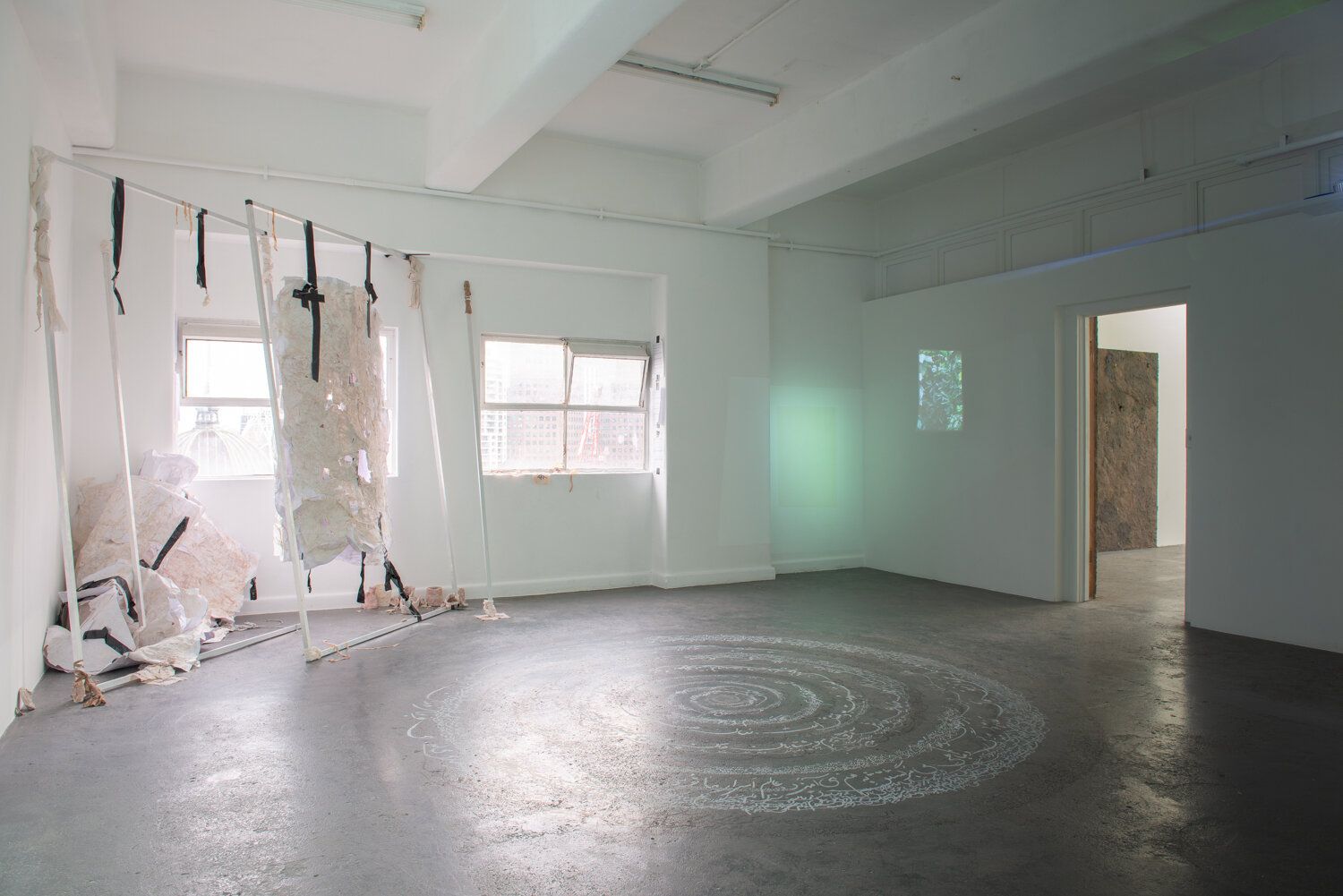

Debut XVI: To Love it All Again
Farnaz Dadfar, David Green, Edwina Green, Daniel R Marks, Juan Rodriguez Sandoval, Tina Stefanou, Sarah Ujmaia, Stephanie Symington
6–22 Feb 2020
Debut XIV: To Love it All Again envelopes an ecological ethic of radical love, soft power, togetherness, and community. This year’s exhibition critically engages with concerns surrounding current environmental and social climates, celebrating ways to better care and offer tenderness within our geographical and communal landscapes. In light of Australia’s recent devastating bushfires, this exhibition seeks to nurture young and emerging talent, whose practices each forecast hope and make visible healthy, shared, liveable and breathable futures altogether.
Performance Series: Giving Myself Over, Daniel R Marks with Sam Nugent
Opening Night: Thursday 6 Feb – 7pm
Thursday 13 Feb – 2pm
Thursday 20 Feb – 2pm
An accumulation of artefacts-as-language lies as a foundational diagram for live space. Two performers attempt an intimate collectivism through acts of “telling”, their bodies serving as a binary of observed autonomies to be mechanised and/or disrupted. Becoming tools for documentation, a private recording is listened to and diagrammed in responsive action: prior labour being excavated and “figured out” through ear, eye and touch. In the pulling, cutting and reconfiguration of agency through mimetic interactions, Marks and Nugent evoke/invoke movement-scaffolds for potential architectures.
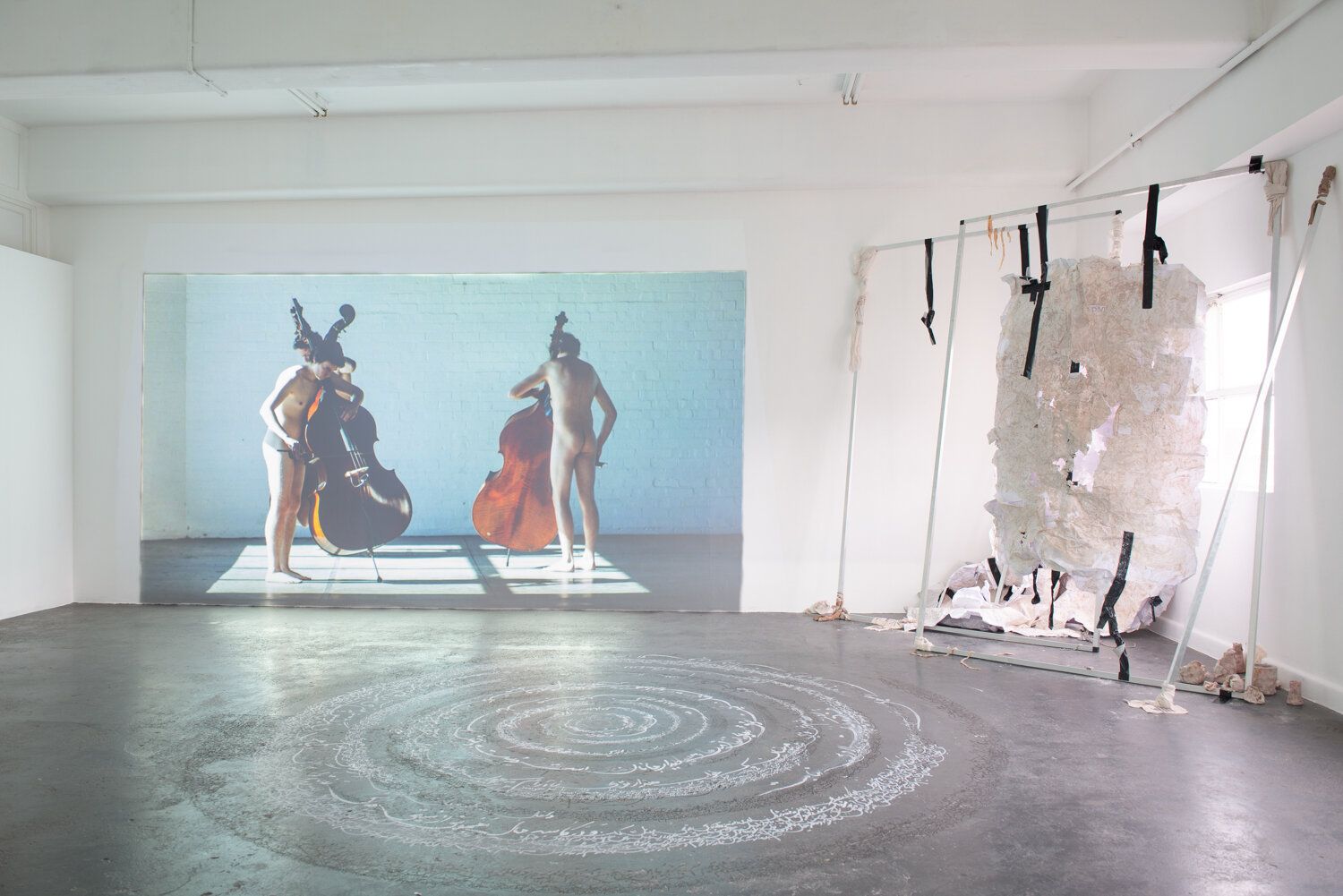



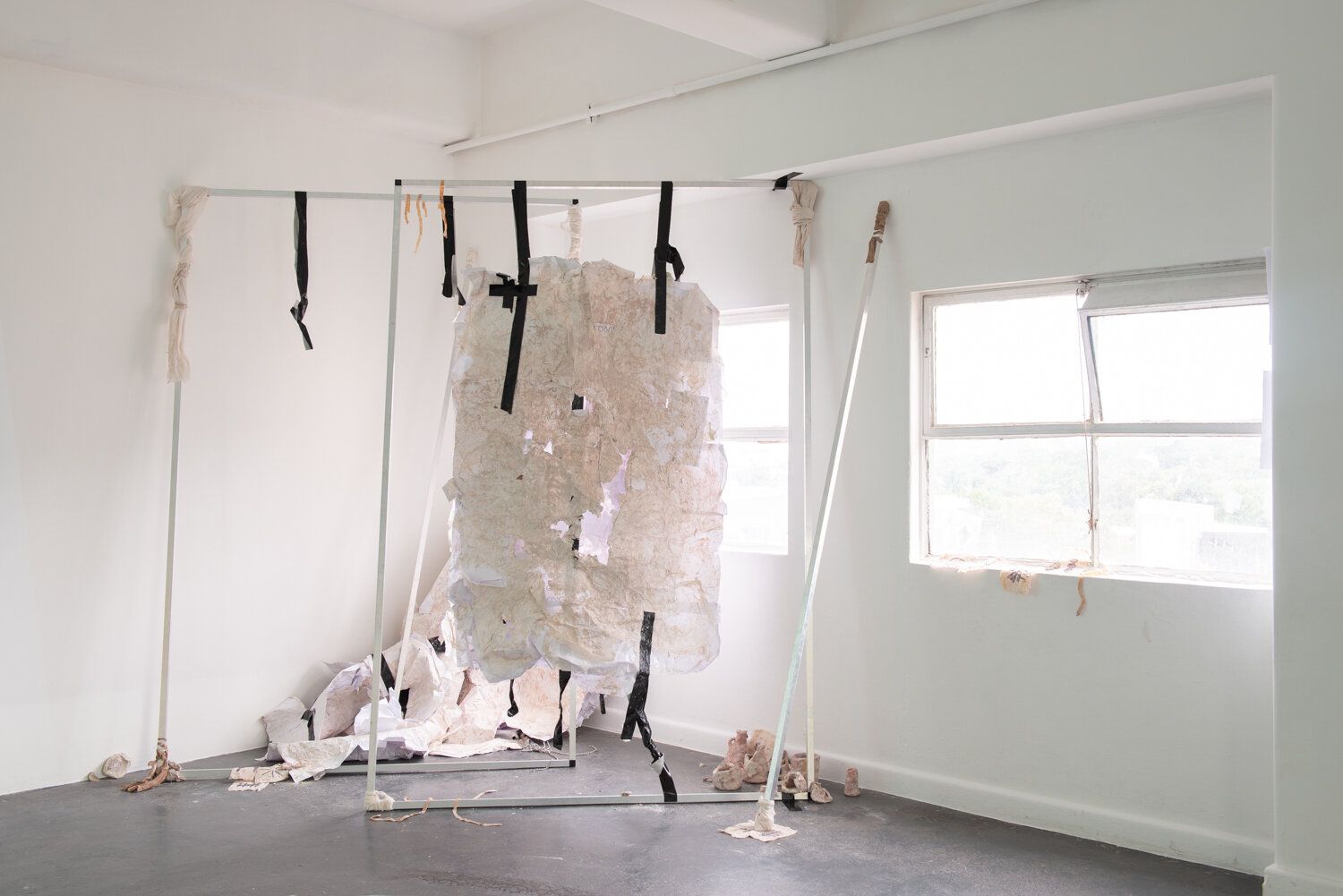

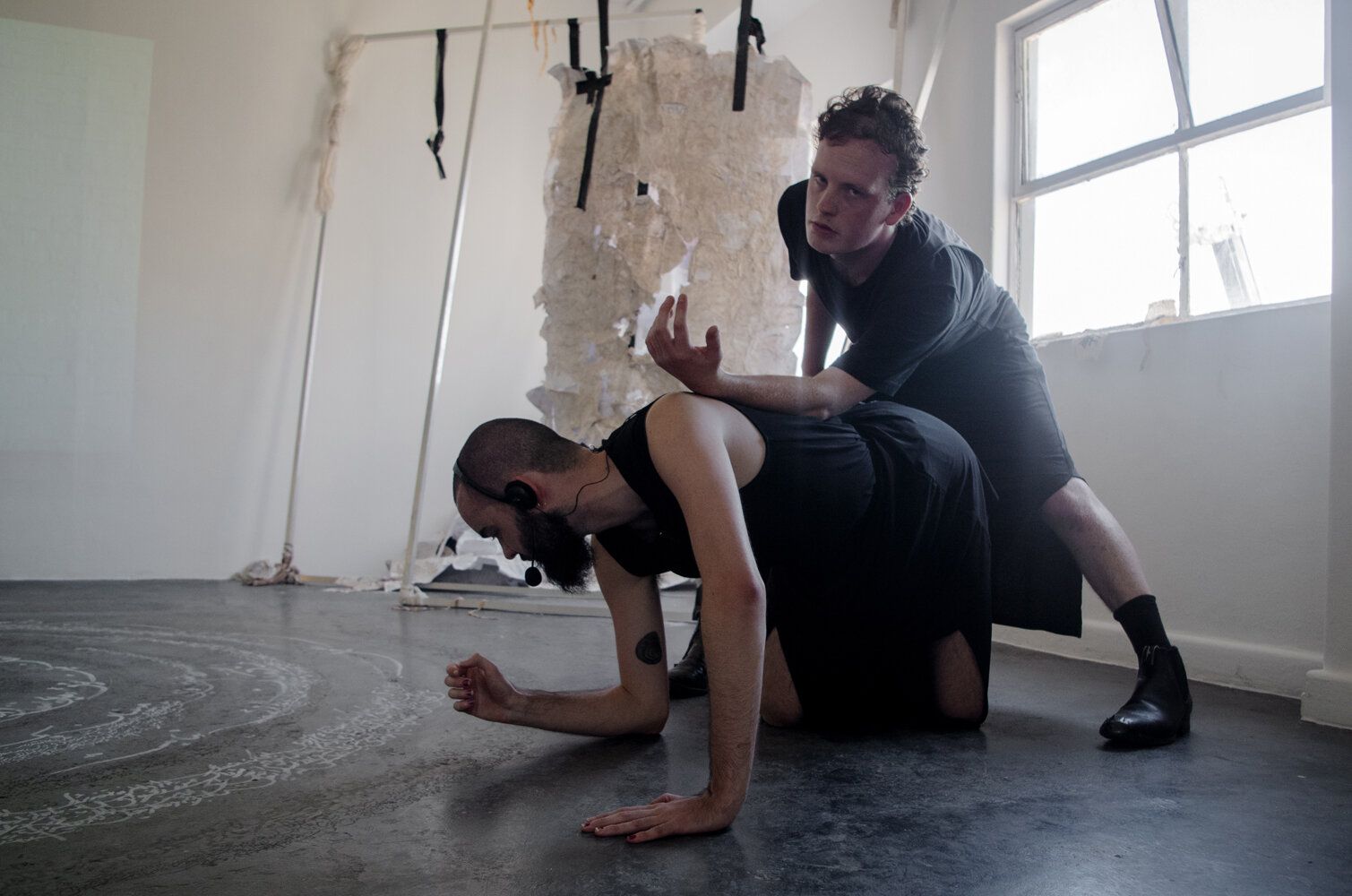

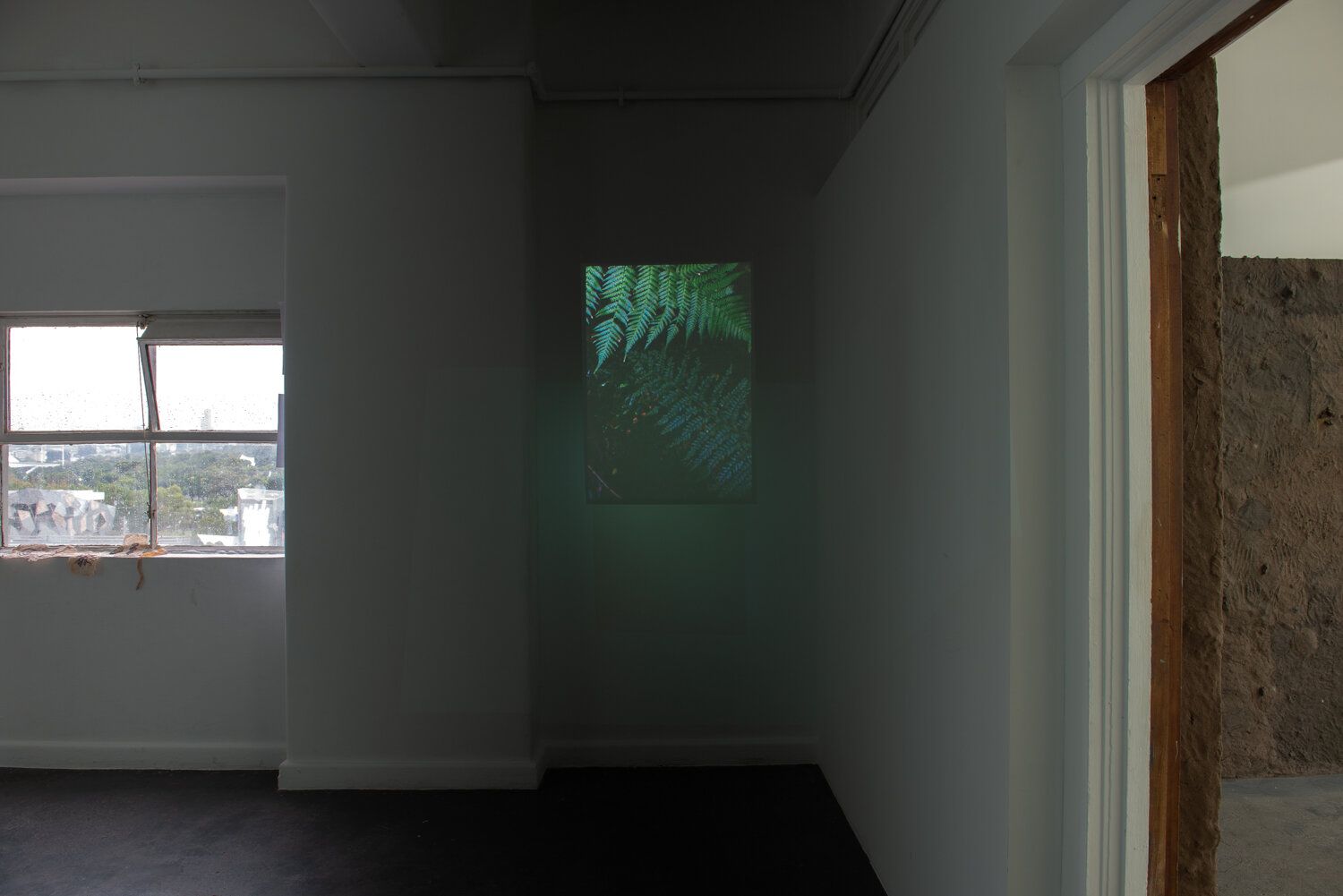

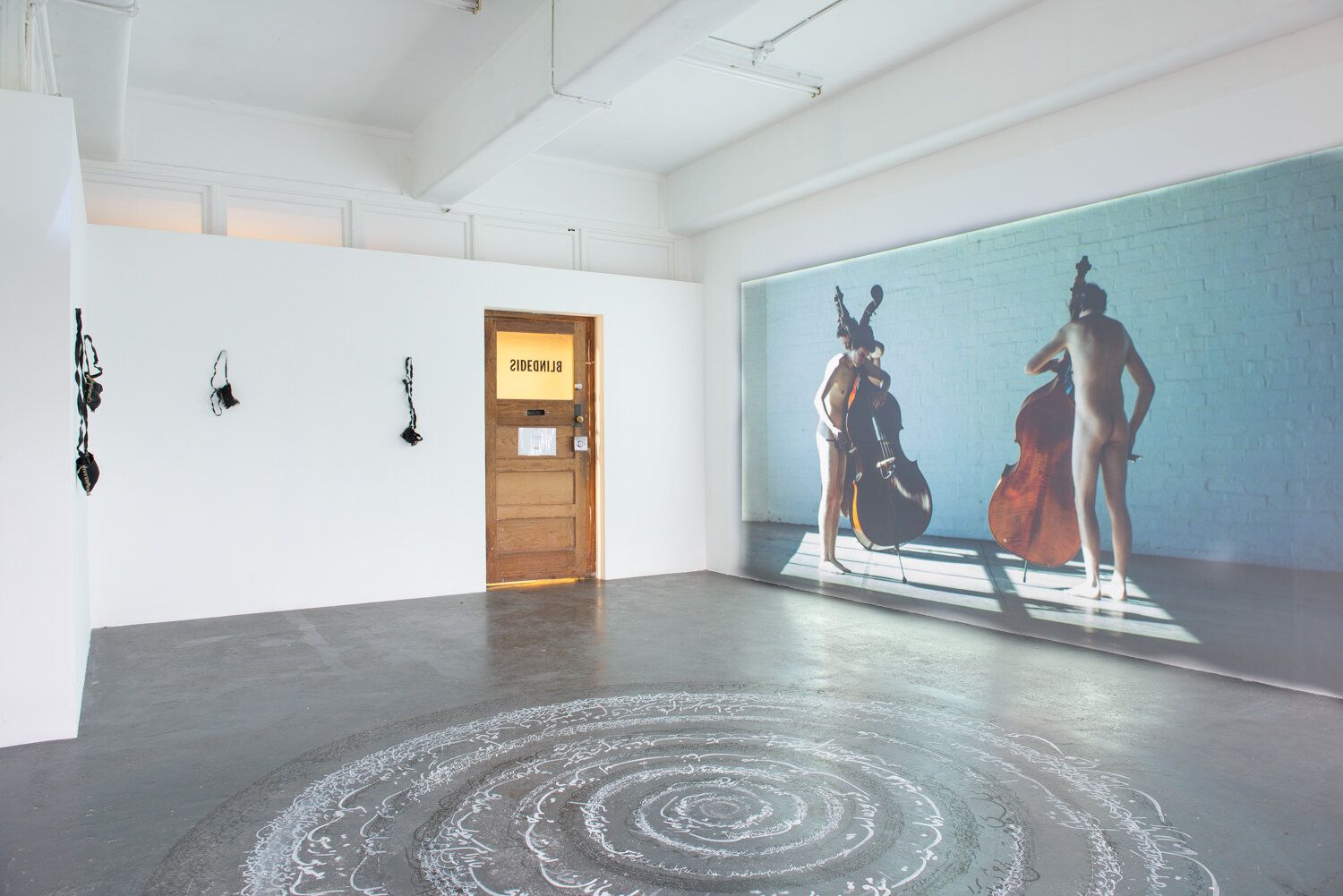

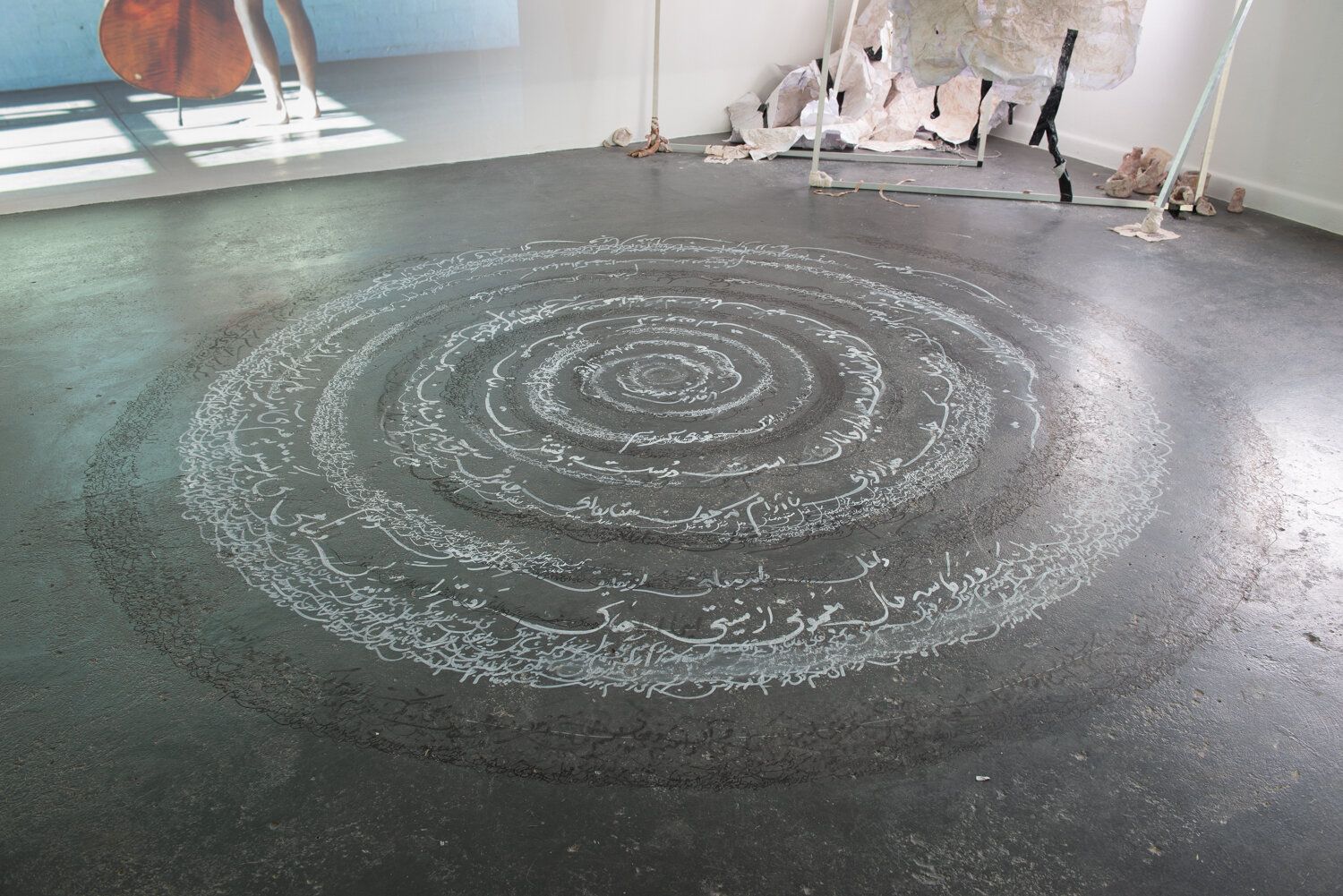

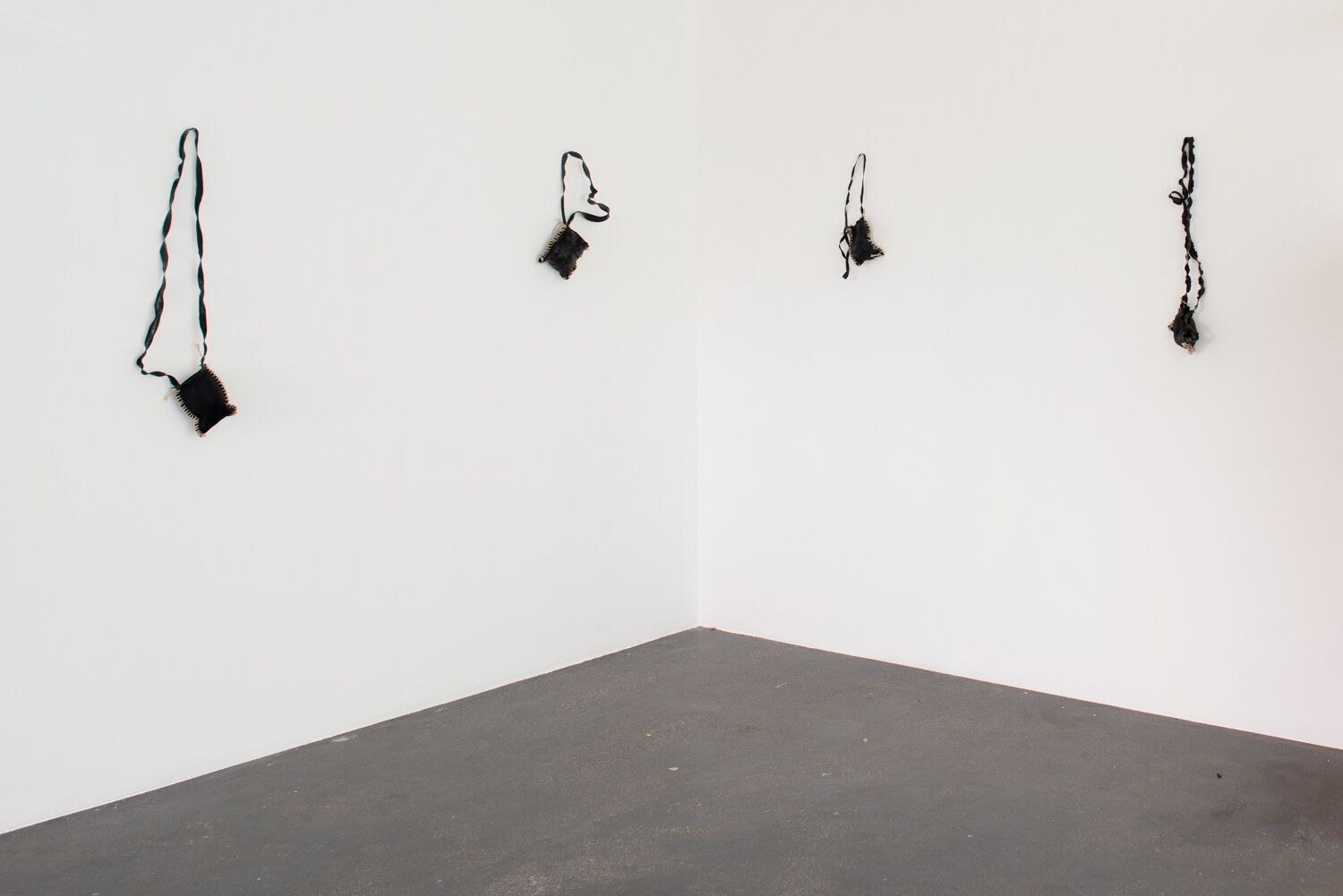

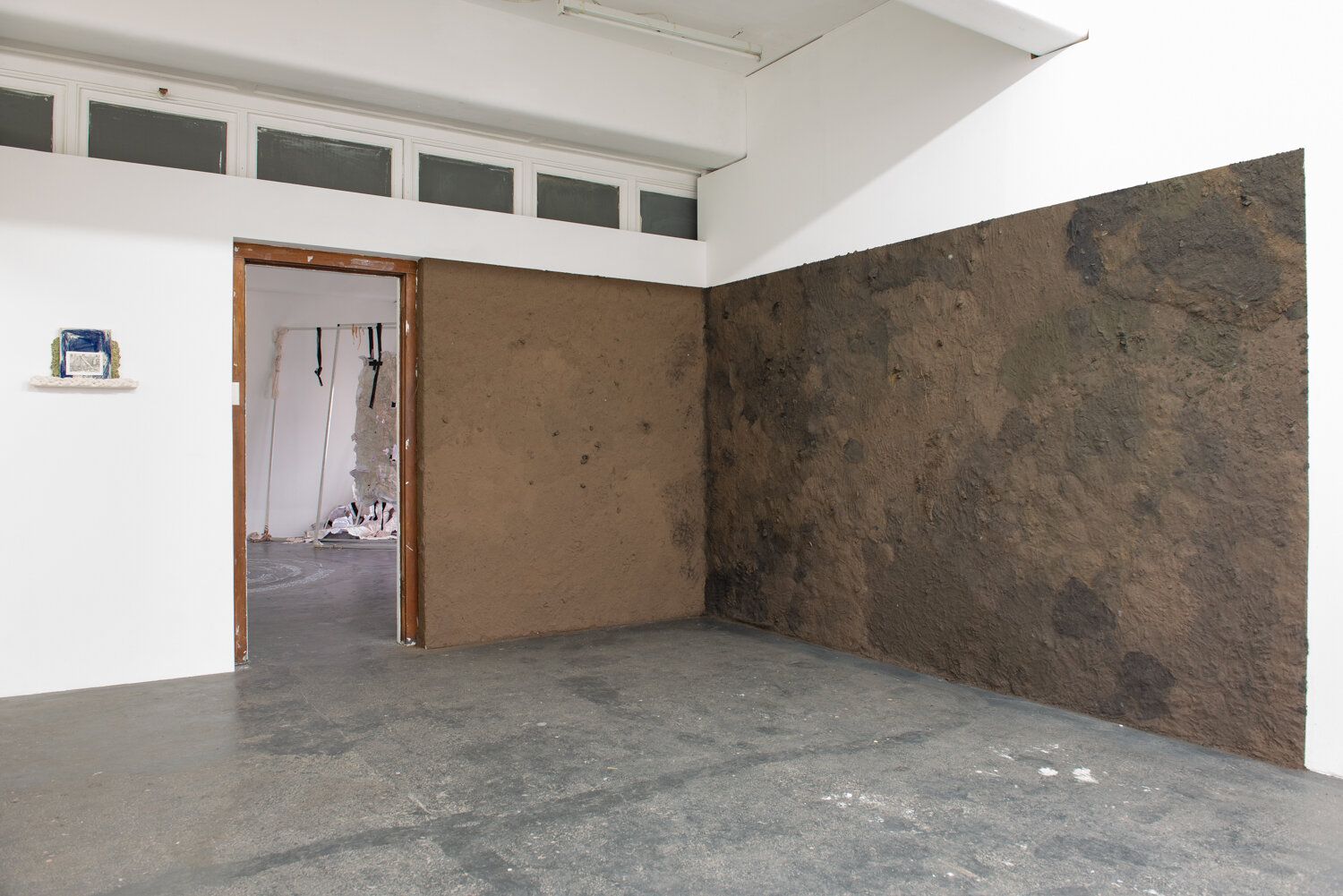

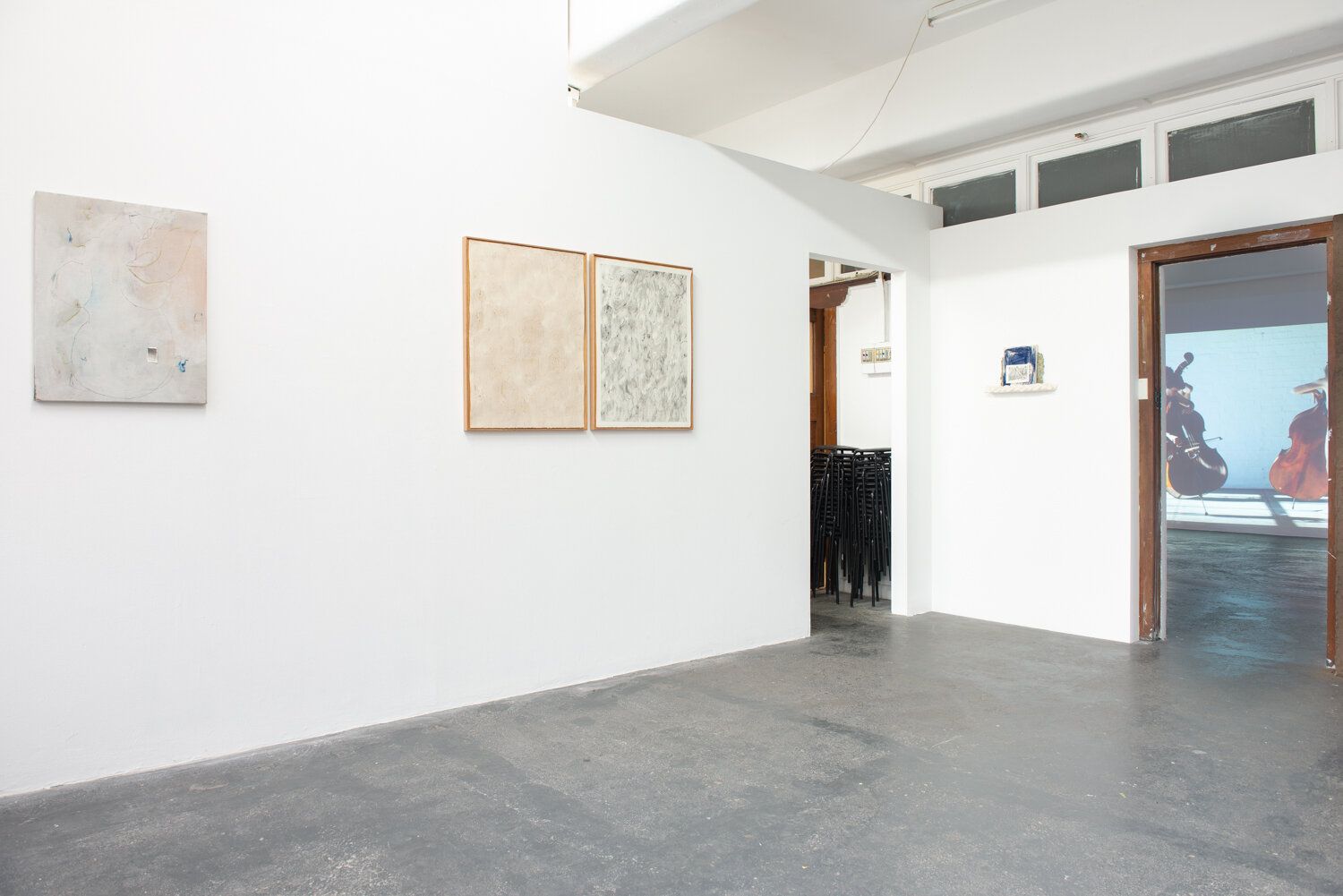



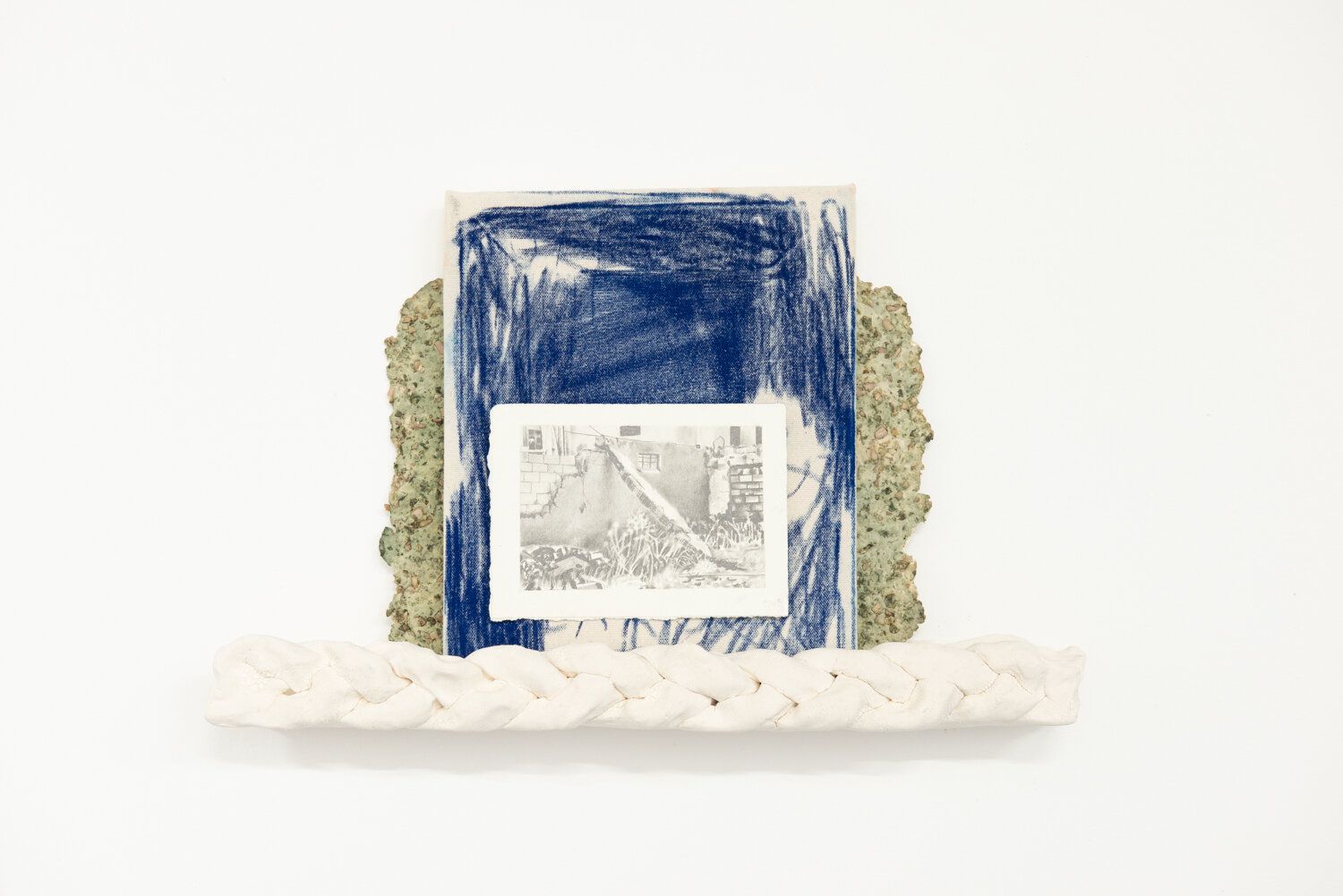

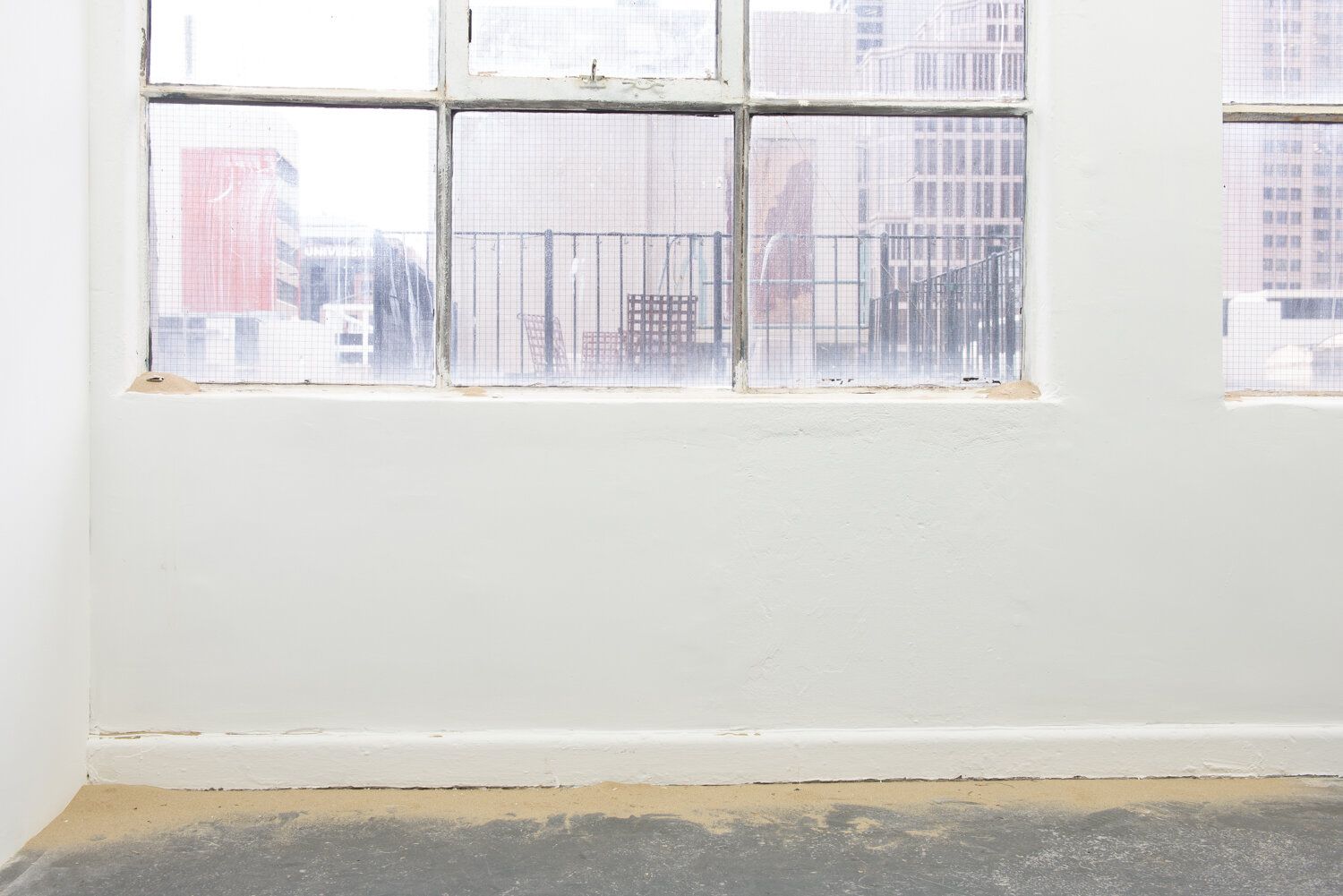

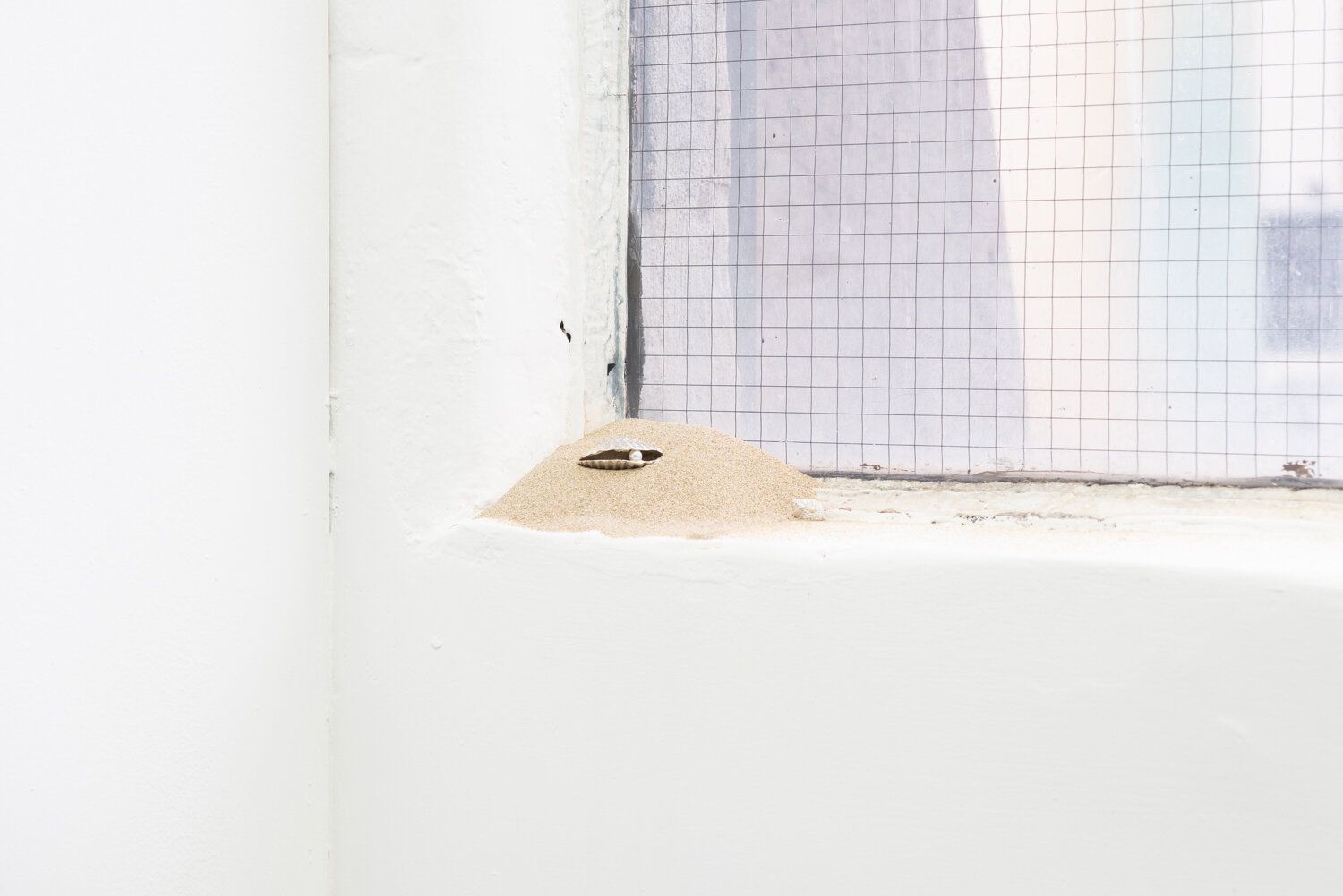

An annual curated exhibition of works by recent graduates from Melbourne’s major art institutions. Celebrating its sixteenth year, Debut is a Blindside project committed to fostering new talent.
This program takes place on the land of the Wurundjeri people of the Kulin Nation. We recognise that sovereignty was never ceded - this land is stolen land. We pay respects to Wurundjeri Elders, past, present and emerging, to the Elders from other communities and to any other Aboriginal or Torres Strait Islanders who might encounter or participate in the program.
Farnaz Dadfar is an Iranian-born Australian artist, based in Melbourne. She has shown her work in numerous solo and group exhibitions in Iran, Australia and Indonesia since 2004. Dadfar has recently exhibited at the churchie2017_National Emerging Art Prize Australia, Kings ARI, Flinders Lane Galley, Seventh Gallery, Incinerator Gallery, Islamic Museum of Australia, and Sarang Buliding Yogyakarta. She was also selected as one of the finalists for Linden Art Prize 2019, and Keith and Elisabeth Murdoch Travelling Fellowship; and she has been the recipient of a number of awards including The Victorian College of the Arts Galloway Lawson prize (2017), VCA Access mentorship (2019), and The David Richards Drawing Award (2019). Dadfar graduated from a Bachelor of Painting at The University of Science and Culture, Tehran, and then completed a Graduate Certificate in Visual Arts, a Master of Contemporary Art, and a Master of Fine Arts (visual art) by research at Faculty of Fine Arts and Music, The University of Melbourne.
David Green is an emerging artist that is driven by his interests in perception, place and the environment. His work spans the mediums of installation, projection, and photography. David’s art practice is an important means for him to turn his theoretical ideas into the physical, a process he believes can be a catalyst for conversation and contemplation. Not limited to the bounds of the gallery, David’s practice also engages within the public field through his interventions within civic space. Within the public sphere, his work explores how public space can be transformed and integrated into a more harmonious relationship with the surrounding environment.
Edwina Green’s practice is informed by her Aboriginal heritage as a Trawlwoolway woman, from North-East Tasmania. Working across installation, film, painting, photography and sculpture, Edwina's practice explores concepts of culture, religion, Indigenous erasure and the post-colonial paradigm and its effects on people and place, Edwina creates narratives that engage, provoke, and question our place within society and our interaction with Indigenous Australia. Growing up between a mining town on the West coast of Tasmania, and Naarm, she explores the environmental damage that is relative to place, an abrupt necessity, alongside questioning institutional Indigenous erasure, Indigenous reclamation of cultural practices, and how blak presence is inherently political. Edwina’s work has been exhibited across Naarm, and internationally.
Daniel R Marks is a trans-disciplinary artist based in Melbourne, Australia, working within an expanded performance methodology. Their practice and research look into the expansion and dissolution of bodily singularity within relational structures: this is materialised in experimental processes which manipulate the distinction between subject and object, forming fragmented narratives of slippage and redistribution. They are currently interrogating the roles of the diagrammatic in reforming/disrupting borders of spatial embodiment, and are preparing to commence their PhD research into this area at RMIT University in 2020.
Juan Rodriguez Sandoval is a Guatemalan-born- Australian interdisciplinary artist, and current Monash University Graduate (Bachelor of Fine art), based and working in Melbourne, Australia. Rodriguez’s work investigates and documents the ideologies and themes of locality, transnationalism, space exploration and environmental/historical preservation. His work accentuates on manufacturing fictional spaces and entities, that revolve on once existing providences that have now become humanly, historically and geographically distant. Rodriguez’s work is often informed and moulded by archaeological, pantological and astronomical methodologies. He works with an array of earthly, found, daily recycled materials, and contemporary technologies. Through his work, he aims to bring a consensus to further remind the spectator(s) on environmental preservation, as well as, ethical and moral approaches to art-making. Juan has shown with Trocadero Art Space, School House Studios, Noir Darkroom Gallery and Intermission Gallery, Monash University.
Tina Stefanou is a Greek-Australian artist with a background as a vocalist. She works with and across a diverse range of mediums, practices, approaches and labours: an embodied practice that she calls voice in the expanded field. As a means to seek more inclusive ways of making and to frame tangled relationships, she engages in multispecies performance with a family of local others, friends not-yet-made, and poet(h)ic meetings of matter. Informed by diasporic experiences, Stefanou engages in sound as social practice and explores with and beyond the all-too-human and more-than-human voice.
Sarah Ujmaia (b. 1995) is a first generation Chaldean Iraqi woman living and practicing in so called Australia. Her art practice is underpinned and informed by extended drawing strategies within imposed parameters and the position which she operates from.
Stephanie Symington examines the preciousness of nature and the environment around us. Stephanie has a deep interest in Australian flora and fauna which she explores through a transdisciplinary practice. Objects of nature can evoke feelings of nostalgia and wonder. Stephanie sets out to juxtapose the casualty, informality and ephemerality of natural objects with materials of lavishness such as; precious metals and gemstones. This juxtaposition seen throughout Stephanie’s work highlights the simple beauty of nature, while also heightening this beauty and reinforcing an otherwise transitory form.
Lucie McIntosh is an artist, curator and writer with a deep commitment to the independent arts community. She is currently a Director and Program Curator of Blindside, an independent, artist–run space based in the City of Melbourne. Lucie’s exhibition and research based practice explores process of signification and, more specifically, in how the process of signification might be made visible through the content of an artwork. Her practice emphasises the inherently plural and personal nature of meaning—reminding us of, and celebrating, our agency in its creation. Lucie is interested in the many ways that ‘the image’ can be expanded and consumed in political and philosophical contexts. Her practice relies on plurality and intertextuality—each artwork compulsively referencing its many varieties of self, content, history and maker.
Jake Treacy is a curator, writer and poet whose practice employs numinous acts through exhibition-making, performativity, and the spoken and written word. They acknowledge that sovereignty was never ceded upon the Kulin Nations land from which they work, and pay their respects to Elders past, present and future across all First Nations. They are a University of Melbourne graduate with a Master of Art Curatorship (2017) and Postgraduate Art History (2013) who has previously co-directed an artist-run initiative, sat on grant advisory panels, and written published copy on numerous contemporary arts practices. Their recent thesis examines ways of constructing liminal experiences in order to incur healing, promoting inclusivity and community, and exercising the therapy of art. Their recent projects include Pearlescent Verse (Human Rights Arts and Film Festival), Apocalyptic Horse (Heide Museum), Utopian Tongues (Seventh Gallery), and Beyond the Veil (Blindside Gallery).
Related
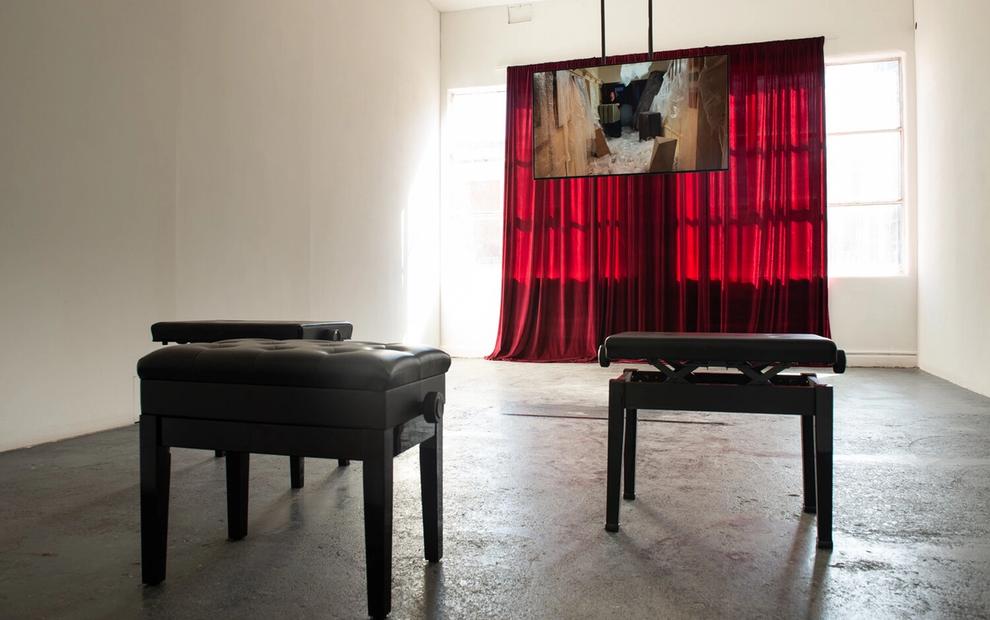
4–20 Feb 2021
Debut XVII : Made to Keep the Memory Alive
Ponch Hawkes, Nina Sanadze, Kurt Medenbach, Levi Franco
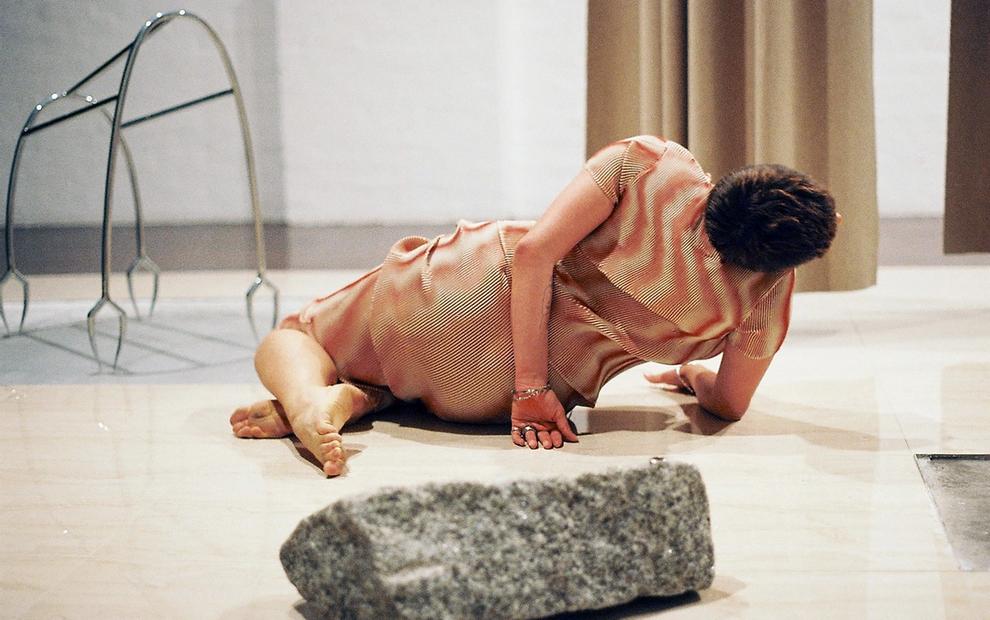
14 Feb–2 Mar 2019
Debut XV
Lauren Gostin, Andre Franco, Erin Hallyburton, Grace Carver, IchikawaEdward, Paris Fontana, Yvette James

14 Feb–3 Mar 2018
Debut XIV: Like Mist I am Neither the Sea, Nor the Sky
Madeleine Thornton-Smith, Josephine Mead, Tori Lill, Daniel Stephensen














